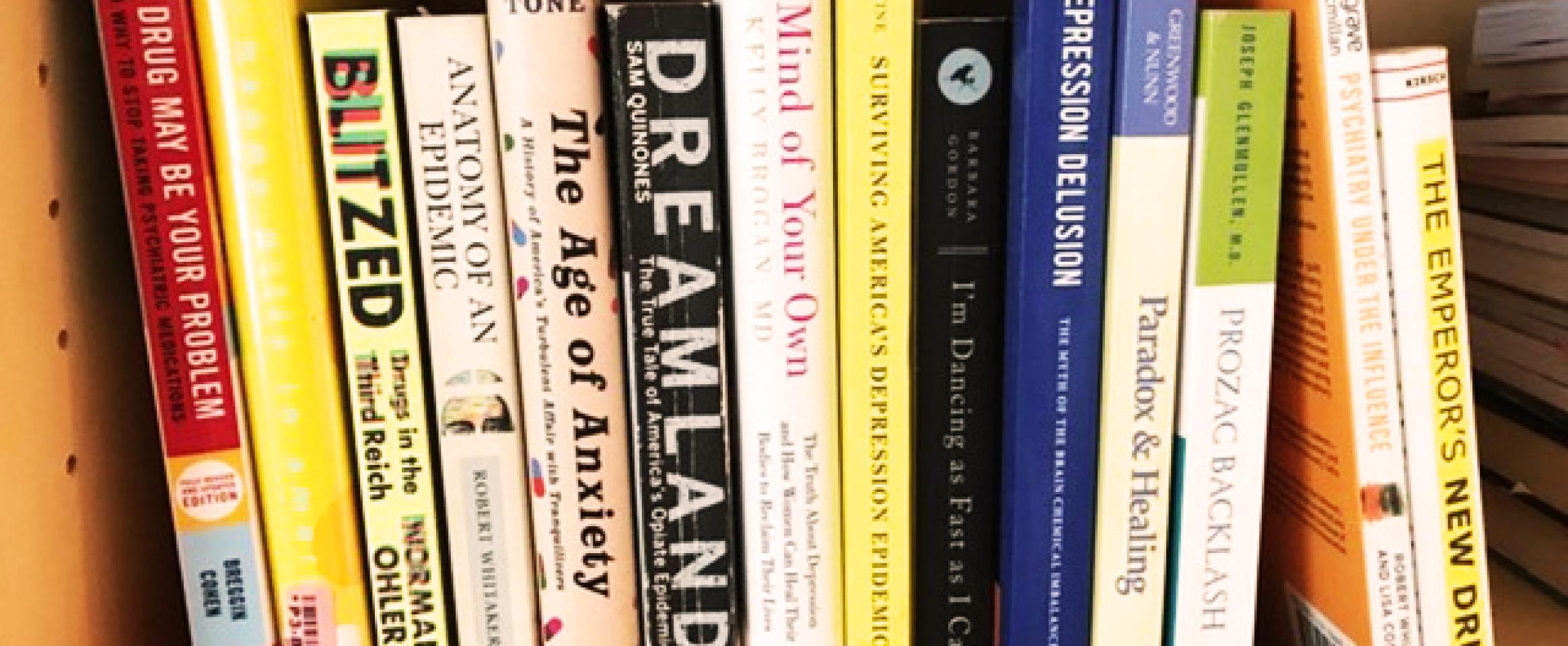
Ted Anton—Programmable Planet: The Synthetic Biology Revolution
The success of mRNA vaccines, diagnostic tests, and therapies for Covid-19 starting in 2020 became “synthetic biology’s moment,” Ted Anton notes in Programmable Planet: The Synthetic Biology Revolution. Changing life by changing DNA, he asserts, holds the promise of yielding more effective medications as well as sustainable foods, fuels, clothing, building materials, furniture, and more.








